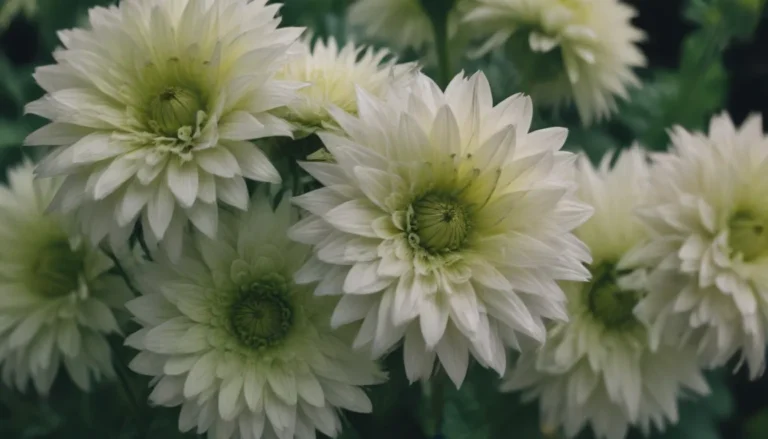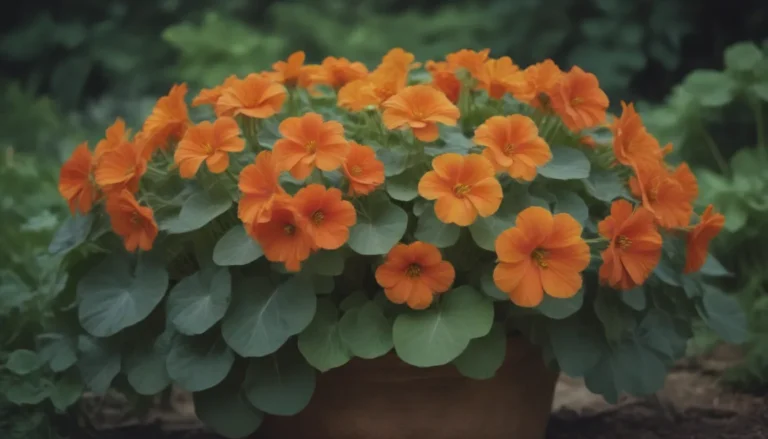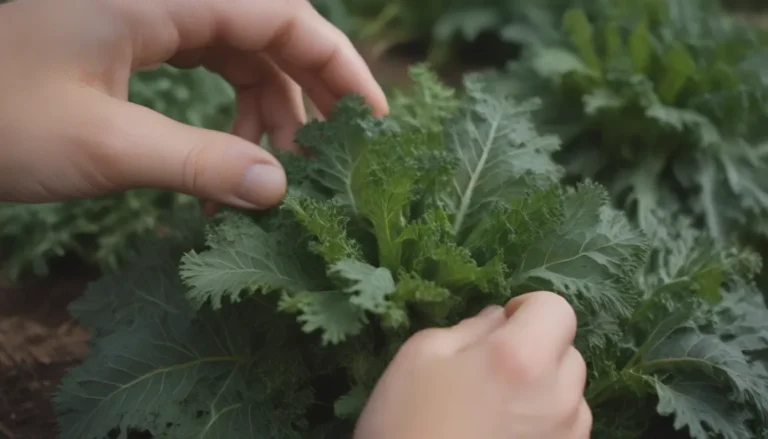Growing and Caring for Burnet Plants: A Comprehensive Guide

Are you looking to add a unique and versatile herb to your garden? Look no further than burnet! This perennial plant from the rose family offers not only attractive foliage but also flavorful leaves and potential medicinal benefits. In this comprehensive guide, we’ll explore everything you need to know about growing and caring for burnet plants, from seed to harvest.
What is Burnet?
Burnet, also known as salad burnet, is a perennial herb belonging to the Rosaceae family. It’s prized for its edible leaves, which have a refreshing cucumber-like flavor, making it a popular choice for culinary enthusiasts. Historically, burnet was even used to combat the bubonic plague and control hemorrhaging, showcasing its medicinal importance.
Key features of burnet plants include:
- Rounded leaves with toothed edges
- Small, dense greenish flowers on spikes
- Cucumber-like flavor in the leaves
- Perennial growth habit
- Astringent properties
How to Plant Burnet
Starting from Seeds
- Start seeds indoors 4-5 weeks before the last frost date
- Alternatively, sow directly in the garden about 2 weeks before the last frost
- Cover seeds lightly with 1/8 inch of soil
- Keep the soil moist until germination occurs
- Transplant indoor seedlings after all danger of frost has passed
Planting Location
Choose a spot in your garden that receives full sun or partial shade. Burnet is adaptable to various light conditions but thrives in areas with good sunlight exposure.
Caring for Burnet Plants
Soil Requirements
Burnet is surprisingly adaptable when it comes to soil conditions. While it can tolerate poor, dry soil, it grows best in moderately moist conditions. Here are some key points to keep in mind:
- Ensure good drainage to prevent waterlogged roots
- Aim for a slightly acidic to neutral pH (6.0-7.0)
- Amend heavy clay soils with organic matter to improve drainage
Watering
Proper watering is crucial for maintaining healthy burnet plants and ensuring optimal flavor. Follow these watering guidelines:
- Keep the soil just barely moist as the plants grow
- Avoid soggy roots, but don’t let the plants dry out completely
- Provide at least 1 inch of water per week
- Water more frequently during hot, dry periods
Fertilizing
While burnet isn’t a heavy feeder, providing some nutrients can promote healthy growth and abundant leaf production. Here’s how to fertilize your burnet plants:
- Side-dress with aged compost in early spring
- Feed with a diluted water-soluble fertilizer or fish emulsion every 6 weeks
- Avoid over-fertilizing, as this can lead to reduced flavor in the leaves
Pruning and Maintenance
Regular pruning and maintenance will keep your burnet plants healthy and productive:
- Pinch back plants regularly to encourage bushier growth
- Remove flower spikes to redirect energy towards leaf production
- Thin direct-sown plants to about 1 foot apart
- Use thinned seedlings in salads or other dishes
Propagation Methods
Division
Dividing established burnet plants is an easy way to create new ones:
- Divide clumps in spring or fall
- Separate root clumps, ensuring each piece has foliage
- Replant divisions at the same depth as the original plant
- Water well and keep the soil moist until new growth appears
Seed Propagation
If you prefer to start from seeds, follow these steps:
- Collect seeds from mature plants in late summer or fall
- Store seeds in a cool, dry place until planting time
- Sow seeds as described in the “Starting from Seeds” section above
Harvesting Burnet Leaves
Harvesting burnet leaves is simple and can be done throughout the growing season:
- Begin harvesting when plants reach about 4 inches tall
- Pick young, tender leaves for the best flavor
- Harvest leaves as needed, but avoid removing more than 1/3 of the plant at once
- Use clean, sharp scissors or pruning shears to avoid damaging the plant
Using Burnet in the Kitchen
Burnet’s versatility in the kitchen makes it a favorite among herb enthusiasts. Here are some delicious ways to use your freshly harvested burnet leaves:
- Add to salads for a crisp, cucumber-like flavor
- Use in sandwiches or wraps for an extra crunch
- Infuse in beverages like lemonade or cocktails
- Incorporate into dips and spreads
- Use as a garnish for soups or roasted vegetables
Growing Burnet in Containers
Don’t have a large garden? No problem! Burnet adapts well to container growing:
- Choose a pot at least 8 inches deep with good drainage holes
- Use a high-quality potting mix
- Place the container in a sunny spot
- Water more frequently than in-ground plants, as containers dry out faster
- Fertilize every 4-6 weeks with a balanced, water-soluble fertilizer
Common Pests and Diseases
While burnet is generally resistant to pests and diseases, it can occasionally face some issues:
- Leaf spot: Remove affected leaves and improve air circulation
- Powdery mildew: Avoid overhead watering and space plants properly
- Aphids: Spray with a strong stream of water or use insecticidal soap
- Slugs and snails: Use organic baits or create barriers around plants
Overwintering Burnet Plants
In regions with cold winters, take these steps to protect your burnet plants:
- Apply a layer of mulch around the base of the plants
- Cut back foliage after the first frost
- In severe climates, consider covering plants with a layer of straw or leaves
- Remove winter protection in early spring as new growth emerges
Companion Planting with Burnet
Burnet makes an excellent companion plant in the garden. Consider planting it near:
- Strawberries
- Tomatoes
- Beans
- Carrots
- Other herbs like thyme and oregano
FAQ: Growing and Caring for Burnet Plants
Q: How long does it take for burnet to reach maturity?
A: Burnet typically takes 70-100 days to reach maturity from germination.
Q: Can I grow burnet indoors?
A: Yes, burnet can be grown indoors in a sunny window or under grow lights.
Q: Is burnet invasive?
A: While not typically invasive, burnet can spread by rhizomes and self-seeding. Regular pruning and harvesting can help control its spread.
Q: How long do burnet plants live?
A: As a perennial, burnet can live for several years with proper care and maintenance.
Q: Can I dry burnet leaves for later use?
A: While possible, drying burnet leaves can diminish their flavor. Freezing is a better option for long-term storage.
Conclusion
Growing and caring for burnet plants is a rewarding experience for both novice and experienced gardeners. With its unique flavor, attractive foliage, and potential health benefits, burnet is a versatile herb that deserves a place in any garden. By following the tips and techniques outlined in this guide, you’ll be well on your way to cultivating thriving burnet plants that will provide you with fresh, flavorful leaves for years to come.
Remember to experiment with different culinary uses for your burnet leaves and enjoy the process of watching these fascinating plants grow. Happy gardening!





